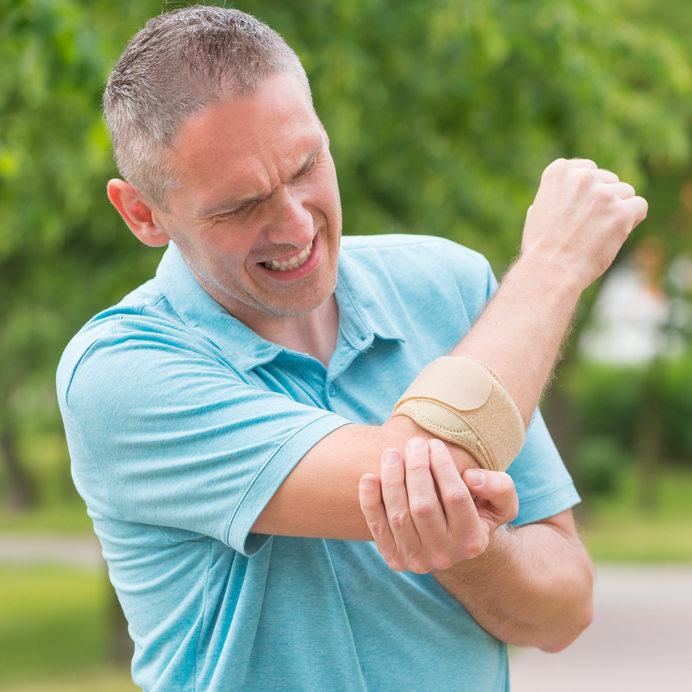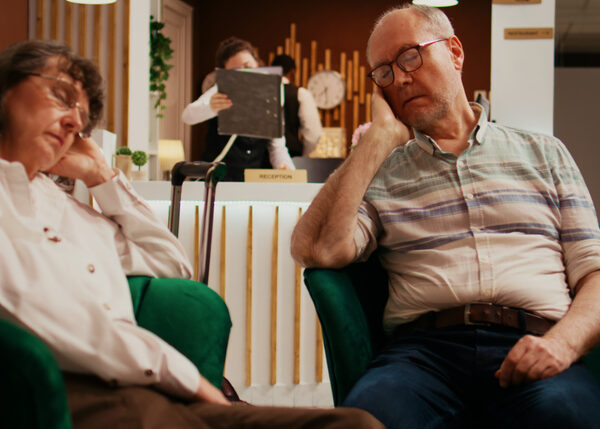Older adults who play golf or tennis are no doubt loving the warm weather that summer brings to enjoy their sport of choice but often the repetitive movements involved in these activities can cause painful tennis elbow. Age is a risk factor for the condition and if your stroke technique is less than perfect, racket sports can cause overuse and muscle strain.
Before hanging up your racket or clubs, try rest and if over-the-counter pain medication isn’t helping, ask your doctor about seeing a physical therapist. Not only can a PT give you exercises to stretch and strengthen muscles in the forearm, a sports therapist can evaluate your technique to prevent future injury.
In some severe cases of lateral epicondylitis, surgery may be required if symptoms don’t improve with other treatments after six to 12 months. Damaged tissue can be removed to help recovery and with proper rehabilitation, mobility restored.
Before rushing to the surgical option, doctors may first try injections of platelet rich plasma, botox or use dry needling to help speed recovery. A brace may also offer relief from painful elbow tendinitis.
Although this condition is often caused by golf or tennis, other repetitive motion activities like baseball, bowling, raking, using a screwdriver, hammering or painting can also cause tiny tears in the tendons attaching at the elbow, leading to pain.
By maintaining forearm strength in the off-season, golfers can help prevent injury. Squeezing a tennis ball for 5 minutes at a time will help strengthen the forearm muscles or try wrist curls and reverse wrist curls using a lightweight dumbbell; perform 10 repetitions on each arm in both directions.
To learn more about golfer’s elbow symptoms, treatment and prevention, visit the Mayo Clinic’s website at: http://www.mayoclinic.org/diseases-conditions/golfers-elbow/basics/prevention/con-20027964 and speak with your doctor about treatment options.






Add Your Voice
0 Comments
Join the Discussion